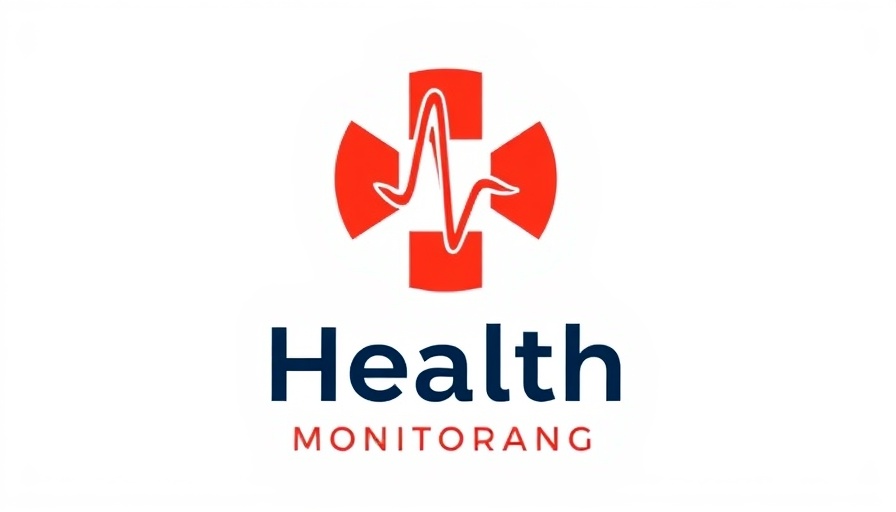
The Rising Tide of Prediabetes Among Teens
The alarming statistic from the CDC showing that nearly one in three teens has prediabetes isn't just a number; it’s a wake-up call about a growing health crisis. With the prevalence of this condition amongst adolescents, experts are concerned about the long-term consequences if proactive measures aren’t taken. It’s crucial to understand what prediabetes means and how it affects young lives today.
Understanding Prediabetes: A Hidden Threat
Prediabetes occurs when blood sugar levels are higher than normal but not yet high enough to be diagnosed as type 2 diabetes. For many teens, this condition often goes unrecognized until it develops into something more severe. Symptoms may include fatigue, headaches, and blurred vision, but many young individuals remain asymptomatic. This important aspect of prediabetes can lead to a false sense of security, allowing the condition to progress silently.
The Healthy Lifestyle Equation
Researchers link this sharp rise in prediabetes among teens directly to lifestyle choices. Factors such as poor diet, lack of physical activity, and obesity play significant roles. While social media is teeming with fitness and health trends, many teens still struggle to make healthy choices in everyday life. Notably, a report highlighted that about one-third of adolescents consume fast food daily, exacerbating the issue.
Community and Parental Influence
Parents and communities are vital players in combating the prediabetes epidemic. Engaging young people in physical activities, providing healthier food options, and educating them on nutrition can reverse this alarming trend. Schools have a responsibility as well: by incorporating comprehensive health education programs and promoting physical activity, they can create environments that foster better choices. Experts stress that these changes prevent not only prediabetes but also broader lifestyle-related health issues in the long run.
Counterarguments: Is It All Doom and Gloom?
While the CDC's statistics are sober reminders, some experts argue that awareness is on the rise, and with it comes the potential for action. Initiatives aimed at educating teenagers and parents alike about the importance of a healthy lifestyle are gaining ground. Successful campaigns can lead to improved dietary habits and increased physical activity among teens. Some communities run programs that involve family participation, thereby instilling health-conscious habits.
Looking Ahead: Future Health Trends
The future holds both challenges and opportunities regarding adolescent health. If the current trends in nutrition and exercise do not shift, the rates of diabetes could rise significantly over the next decade. However, by promoting awareness and accessible health resources, experts believe that a positive turnaround is possible. Initiatives like community fitness days, online wellness challenges, and schoolyard gardens can empower teens to take the helm of their wellness journey.
Taking Action: What Can You Do?
Awareness is the first crucial step. Parents, educators, and community members should monitor the health trends of youths. Regular check-ups, dietary discussions, and encouraging outdoor activities can create a foundation for long-term health. The CDC emphasizes that it’s vital to remain vigilant; understanding the signs and symptoms of prediabetes can lead to early intervention and management strategies.
In conclusion, the statistics may indicate a troubling health trend among teens, but with concerted efforts from families, schools, and communities, we can turn the tide against prediabetes and foster a generation that embraces healthier lifestyle choices.
 Add Row
Add Row  Add
Add 




 Add Row
Add Row  Add
Add 








Write A Comment